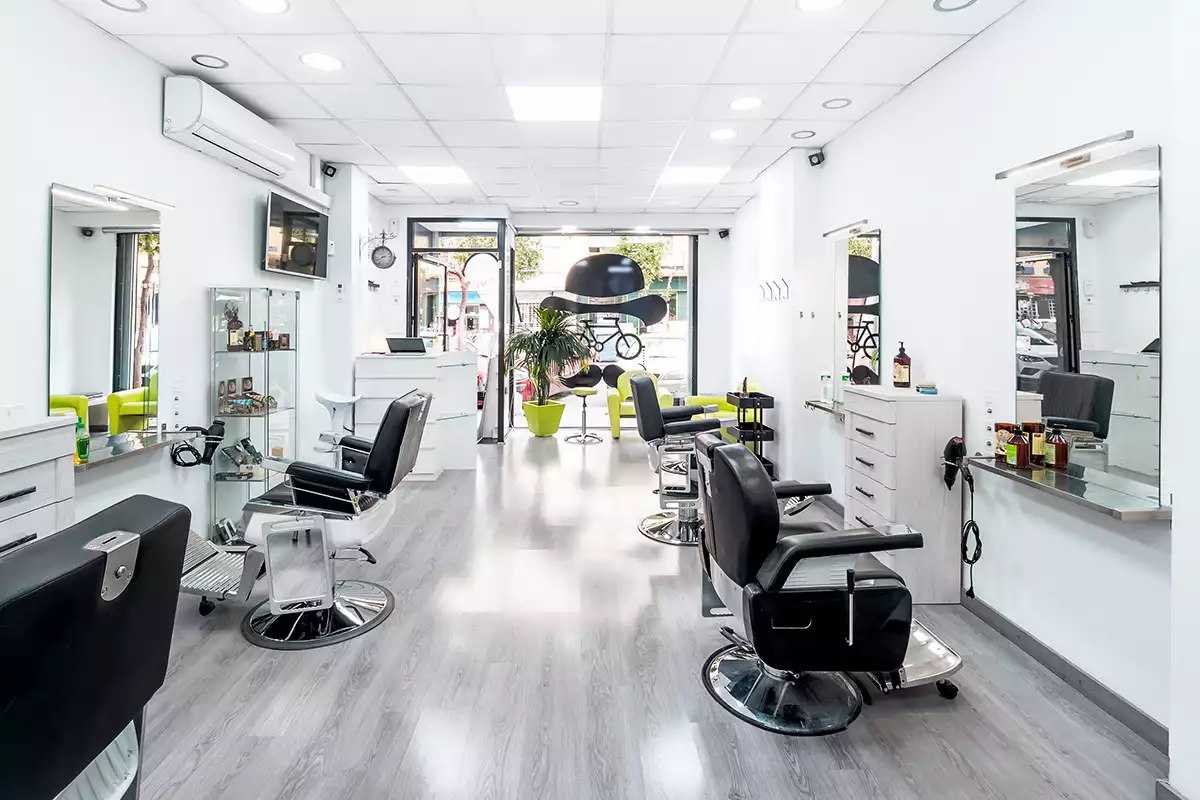While consulting a hair professional, having the ability to accurately describe your ideal hairstyle is vital for achieving the intended appearance. A thorough explanation enables the stylist interpret your vision and reduces the chances of miscommunication. To make sure that you get the haircut you want, it is important to prepare in advance and think about several critical factors when articulating your style goals. These factors comprise hair length, consistency, style, and any specific features that you would like to add.
First, consider the length of your hair. Haircuts can range from very short styles like pixies to long layers that fall below the shoulders. It is helpful to specify whether you want a trim, a significant cut, or a complete transformation. Using precise terms such as "shoulder-length" or "mid-back" can provide clarity. Additionally, discussing the possibility of bangs or layers helps the stylist visualize your request more accurately. Being clear about how much length you wish to maintain or remove will significantly influence the outcome of your haircut.
Next, hair consistency plays a key function in determining how a style will appear. Various textures—such as straight, wavy, curly, or kinky—respond uniquely to specific cuts. When explaining your ideal haircut, it is essential to note your hair's natural structure and whether you plan to utilize any hair tools or formulations. For example, if you have thick hair, you may want to ask for de-bulking methods to reduce volume. Conversely, if your hair is fine, you might opt for texturizing that create fullness. This information enables the professional to tailor the cut based on how your strands responds.

In addition to hair length and structure, discussing the overall look you want can offer guidance for the stylist. There are numerous haircuts to select, including classic cuts like blunt cuts and contemporary options like asymmetrical styles. It is beneficial to share references of looks that appeal to you—these could be images from magazines or online portfolios. Highlighting distinct elements such as blended lines, defined outlines, or graduated layers can assist in conveying your vision more clearly. This guarantees that both you and your stylist are on the same understanding regarding style direction.
Lastly, don't forget to mention any unique traits that might enhance your haircut. This could include factors such as face shape or personal style preferences that influence the final look. try this web-site For instance, those with round faces might prefer soft angles to elongate their profile, while individuals with square faces may opt for blended layering to soften their jaw structure. Furthermore, talking about shade preferences can also investigate this site be part of this consultation; specifying if you want highlights or a solid color can further define your desired result.
In conclusion, effectively communicating your desired style requires careful evaluation of several important factors: hair length, hair type, look, and distinct traits. By planning in ahead of time and being clear about these elements, clients can significantly enhance their visit at the studio and increase the likelihood of leaving with a result they love. A successful discussion with a hair professional is founded upon clear communication and mutual understanding. This collaborative approach ensures that both guest and technician work together towards achieving the desired outcome.